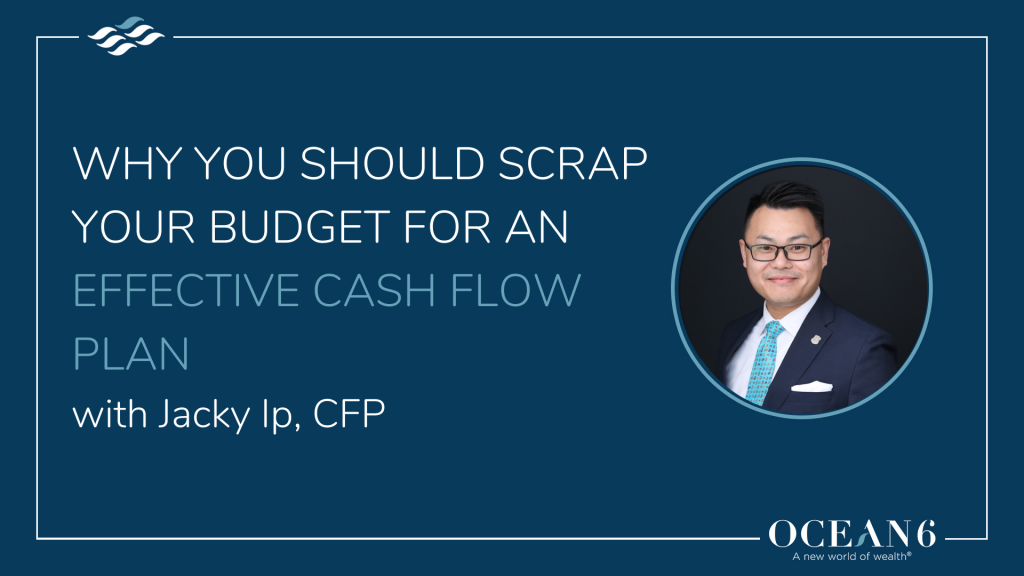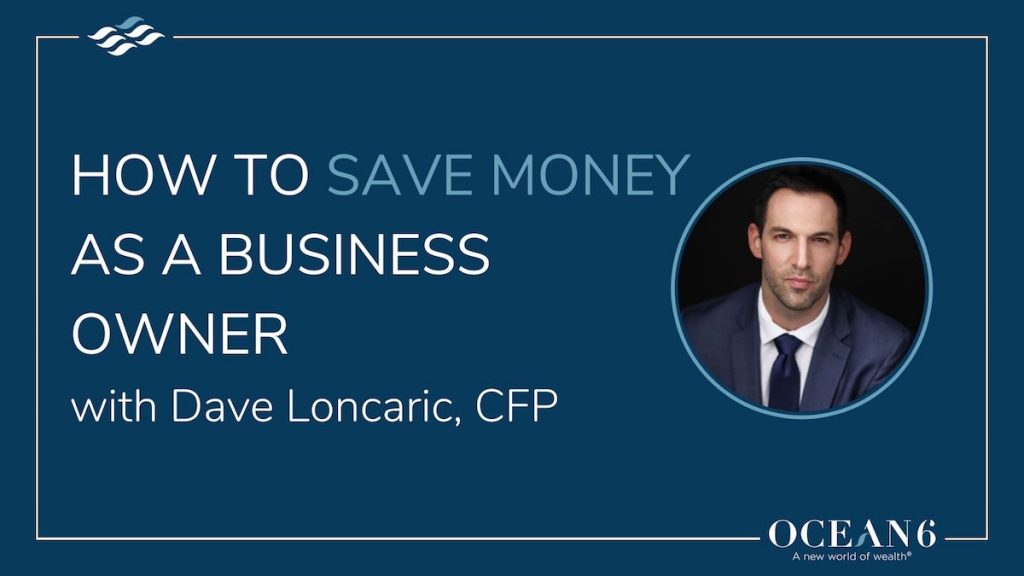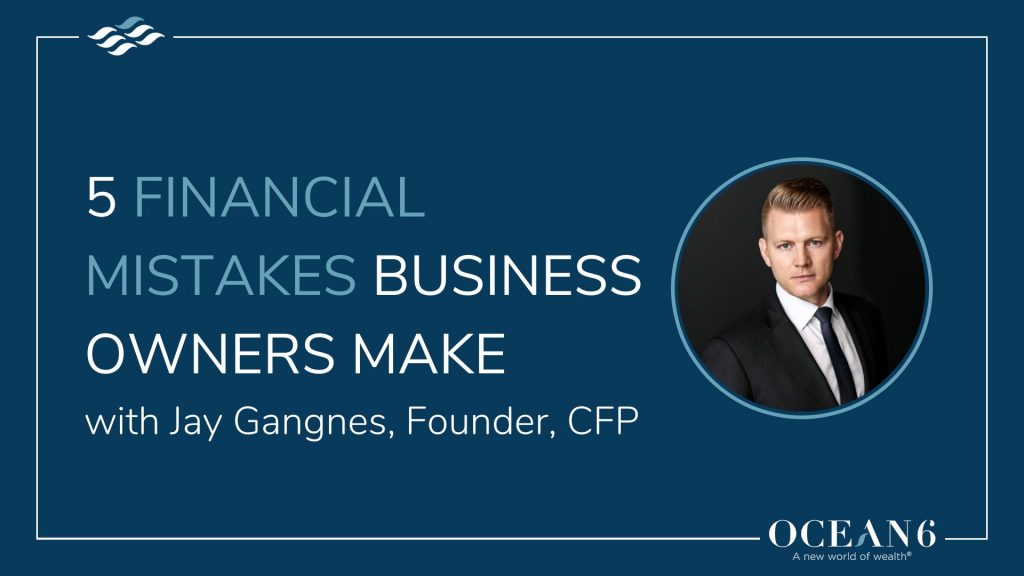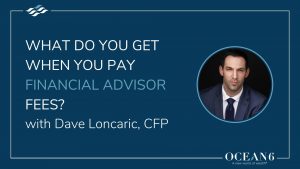Something we’ve noticed among business owners is they can never be sure exactly where the money they earned is going. The difference between someone who is successful and someone who is doing average can be down to many things, but poor cash flow management is one of the leading culprits.
Without cash flow clarity, you’re probably not allocating your money to the things that are the most important, the things that spark joy. Instead, a significant portion of your cash flow is going toward things that create instant gratification.
And maybe you’re thinking to yourself, “I have a budget! Isn’t that the same as cash flow management?”
Not quite. Today, we’re going to tell you why a customized cash flow plan is one of the most valuable tools business owners have at their disposal. We’ll also share tips you won’t want to miss for managing your cash flow.
Scrapping Your Budget For An Effective Cash Flow Management Plan
Before we tell you how to create your own cash flow management plan, let’s first talk about what an effective plan looks like.
For starters, a cash flow plan will help organize your money into three pots:
- Committed expenses: This includes expenses like bills and rent that rarely change from month to month. They can fluctuate, but they’re paid regularly no matter what. They’re expenses that you’re never going to overspend on emotionally. What we mean by that is that you’re not going to have a tough week at work and decide to buy a bunch of gas or overpay on your cable bill!
- Weekly pendable expenses: These expenses include the money we allow ourselves to use to socialize, enjoy our free time, and pursue our interests. Spendable expenses are items people tend to overspend on in relation to their emotional state; this could be groceries, dinners, movies, spin classes, etc. For example, if you’ve had a long week at work, you may go out for dinner and spend a lot more on food and alcohol than you had planned for.
- Goals fund: Finally, this is the money put towards reaching your life goals and planning your financial future. It includes things like big overseas vacations, building your dream home, etc.
The amount of money that should be allocated to each of these pots is customized depending on your specific goals. Each of the three pots in your cash flow plan is carefully curated to fast forward your progress to achieving your big plans for the future. The amount you put in (and take out) of each of them will depend on the cash flow plan you create for yourself.
So, you’ve got your three pots and your specific goals set up. Now it’s time to get down to the details of allocating money in your cash flow plan.
3 Steps for a Successful Cash Flow Plan
Follow these key steps:
- Do a full inventory of your spending (You can use a good old fashioned pen and paper to do this, or download one of several free apps out there to help you)
- Eliminate the corporate expenses from your cash flow plan (Hint: Paying expenses from your corporation saves you money because you’re paying with dollars that have been taxed at 11%, as opposed to your personal tax rate. Life insurance is an example of an expense that should always be paid from your corporation)
- Work out how much money you want to allocate toward your spendable expenses and decide how you want to allocate toward achieving your goals. (Prioritize which goals you want to achieve and by when and how much money it will take to get there).
As far as how much you’ll commit to spendable vs. committed expenses, you can typically follow this rule of thumb:
Commit about 50% of your net income to committed expenses and 25% net income to spendable expenses. Then, the final 25% of your net income we recommend allocating towards your goals.
(Take a look at this post next for a further breakdown of each of these steps)
Part of cash flow planning should also include getting clear about where you stand in the event of a financial emergency. Managing cash flow during a crisis can make or break your financial future.
Typically, the standard advice for an emergency fund is about 10% of your annual income. However, to avoid financial stress, we always recommend having about three to six months in accessible cash. But keep in mind, this doesn’t have to be cash in the bank. Instead, it could be a Line of Credit or readily available investments.
(Read all about cash flow planning for a crisis in this post)
Bonus Cash Flow Management Tip
Struggling to make sure you don’t overspend?
Whether you’re struggling to save or not, we always recommend using debit, cash, or e-Transfer instead of credit cards. Why? Because with a credit card, you don’t get the emotional impact of the money coming out of your bank account. This makes it a lot easier to lose track and ultimately overspend. With debit, cash, or e-transfer, your spending becomes a lot more tangible, and the immediate effects of your spending are easier to see and feel.
Using a Cash Flow Management Plan To Achieve Your Financial Goals
We’re all about setting goals to achieve your biggest financial dreams at Ocean 6. And a cash flow plan is one of the best tools to get clear about your goals and then reach them.
For example, if your big picture goal is to “buy a vacation home by the beach” start by determining a certain amount you want to save each month. Then, your daily financial decision-making will become more in line with these goals.
Head to this post next to learn more about saving money as a business owner.
The Importance of Separating Personal and Business Finances
Sometimes, as a business owner, the lines between your personal and business finances can get blurry. But it’s imperative to have clear boundaries between the two. This is a critical first step towards having more control and clarity about your financial future. After all, you can’t grow your business effectively when your finances are all over the place.
You must be clear about where your cash flow is going.
Start with these steps:
- Get organized. You can’t grow your business when your finances are all over the place!
- Separate yourself from your business when it comes to your personal financial goals
- Pay yourself a dividend instead of taking money from your corporation whenever you need it (when you do need to take money from your corporation, read this post to learn the best practices for doing so)
- Talk to the team about how separating business and personal finances will save you tax so you can win, instead of the CRA (Canada Revenue Agency).
Salary vs. Dividends: What’s Best For Your Cash Flow Management Plan?
Finally, let’s talk about salary versus dividends and which one is best for your cash flow management plan. For starters, if you pay yourself a salary, you must pay into CPP (Canada Pension Plan) and you can end up paying more taxes than if you pay yourself a dividend. With a dividend structure, you don’t have to pay into CPP.
Instead, you can leave that extra money in your corporation.
Consider this: we have no idea if the CPP will be there 10, 20, or 30 years from now. We don’t know if we’re ever going to get any of it if something happens along the way. This means the money in the CPP is not your money. It’s a pool of money structured and organized by the CRA. You can probably imagine right off the bat why that might not be ideal.
Another reason we strongly encourage you to pay yourself a dividend is to reduce the income tax you pay as an individual, which is just one step towards taking more ownership and control over your financial future.
We often meet with business owners who decide to incorporate yet still pay themselves a salary out of their corporation. By doing this, you’re missing out on one of the significant benefits of being incorporated. That is, the flexibility of deciding to pay yourself in other ways!
To recap: if you pay yourself a salary, you must pay into CPP and you also end up paying more tax. But with a dividend structure, you don’t have to pay into CPP, and you can keep the money in the corporation to invest.
Learn more about salary vs. dividends and how to take ownership and control of your financial future in this post.
Bonus Info: Business Owners and Qualifying for a Mortgage
While we’re on the subject of salary and dividends, let’s also talk about business owners who pay themselves a salary to qualify for a mortgage. As a matter of fact, it’s a common misconception that you need to pay yourself a higher income to be eligible for a mortgage.
But when you own your own company, and you’re paying yourself, that just isn’t true. Instead, it’s best to find a mortgage broker or lending institution that will consider your personal AND business financials to qualify you for a mortgage.
To do this, you’ll want to meet with a mortgage broker and have plenty of information on hand to share with them.
This includes:
- Business financial statements from the last two years as well as personal T1 general tax returns, each prepared by an accountant
- Your business license documentation
- The previous three years’ Notice of Assessment and proof of your taxes being up to date. If you have outstanding taxes due, pay them before you try to qualify for a mortgage.
- Current cash flow documentation from your bank (this may not be required, but it’s certainly helpful!)
- Corporate bank statements illustrating current cash flow. (Again, these statements are not necessary, but it is a great document to have handy)
- Bank statements from at least the previous six months
Business owners can learn more about qualifying for a mortgage in this post.
Time to Toss Your Budget for a Cash Flow Plan
We’ve covered a lot today. From tossing your budget and replacing it with a cash flow management plan to paying yourself with a dividends versus a salary and much more, we know you have a lot to think about. But we’re here to help every step of the way. We believe that with effective goal setting, planning, and the right help on your side, all of your financial dreams can come true.
Whether your goals are specifically related to your business, or you’re ready to focus more on your personal financial goals, let’s make them happen together.
To start, visit our financial goal-setting tool.
Then, let’s start working together toward your brightest financial future. Book a call with our team today.
Did you learn a lot about cash flow management in this post? Here are three more posts to read next:
Defining Your Financial Goals Beyond “Make More Money”
How to Use Financial Goal Setting to Fix Your Work-Life Balance
The People You Need on Your Financial Team












